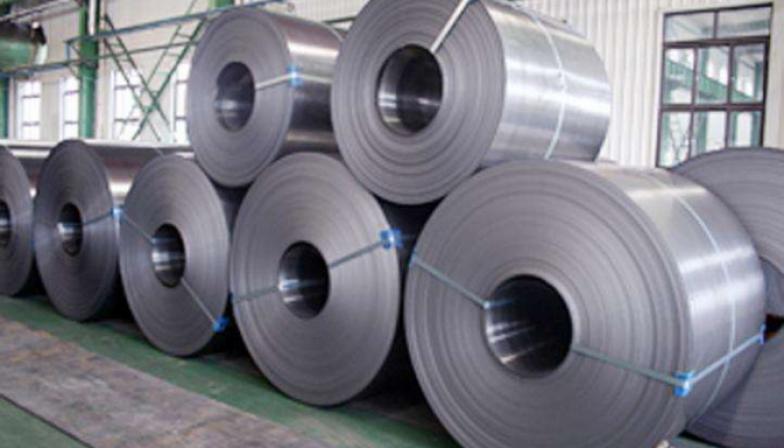Today, there are sharp contrasts between the sheet and coil markets. While the former struggles with weak consumption and overcapacity, the latter thrives on a backdrop of strong demand and limited supply.
A different fate is demonstrated in the recent price trends of the two products. Since hitting a low in June / July, the global average hot rolled coil price has increased by about $ 150 / t (30 percent). In contrast, the increase in the global average price for flat products was much more modest at around US $ 60 per tonne (11 percent). This has resulted in a premium to the price that carbon steel sheet typically has higher in many countries around the world.
As a result, metallurgical companies were forced to significantly reduce production. Coarse steel production outside China fell 20 percent in the second quarter from the previous three-month period. However, when the restrictions were lifted and demand began to recover, the mills were unable to increase production to meet the increased demands of their customers.
The rebound in steel consumption was particularly evident in the automotive sector, as governments introduced incentives to buy new cars. This led to a marked increase in car sales.
Along with declining sales volumes, sheet metal producers suffer from low margins. While coil mills have been relatively successful in raising their selling prices to offset rising raw material costs such as iron ore and ferrous scrap, plate manufacturers have struggled to recoup their increased costs, and many are now facing serious financial difficulties.



